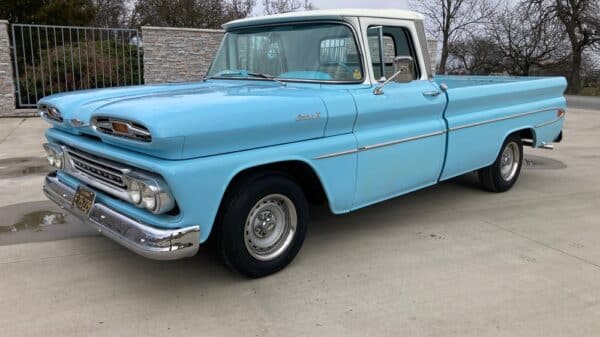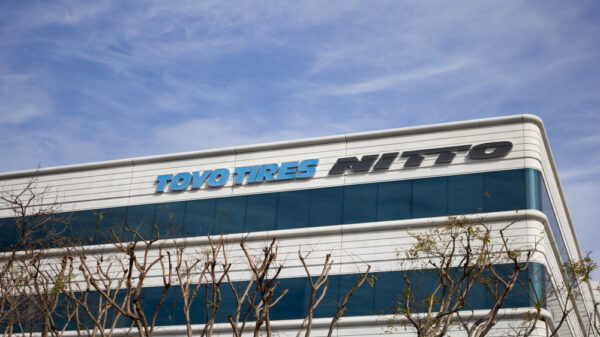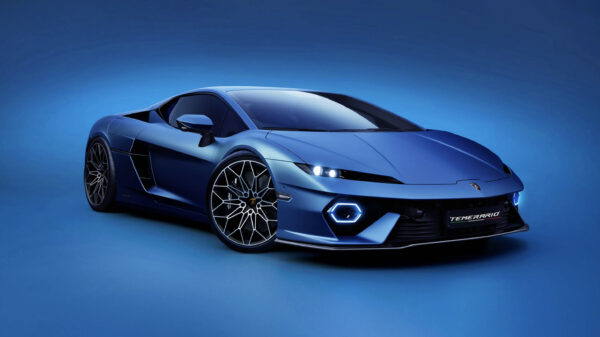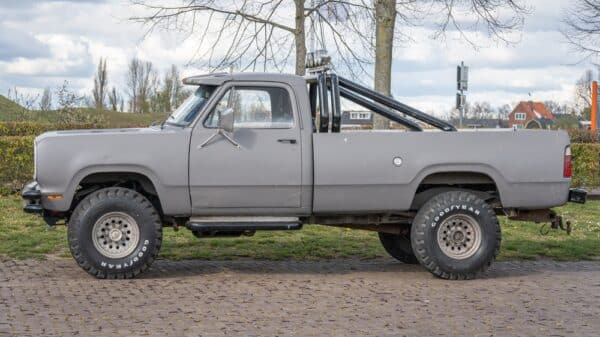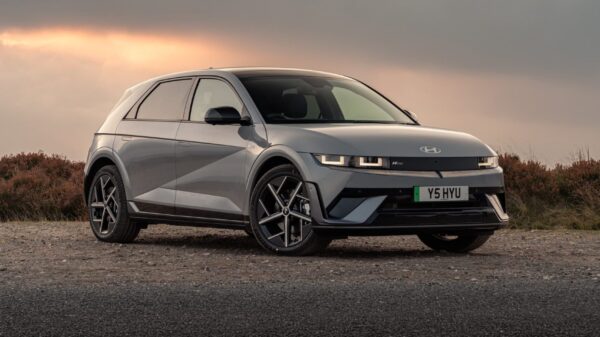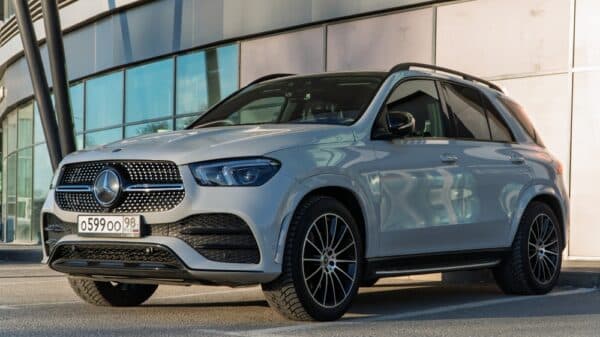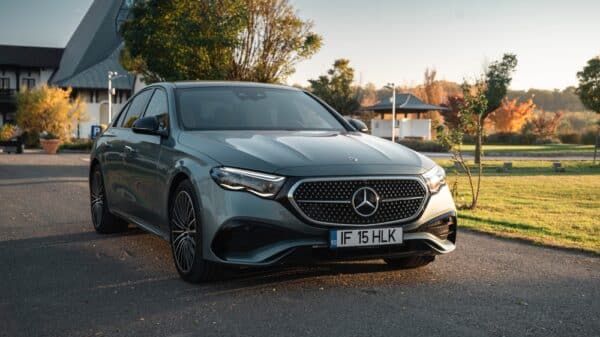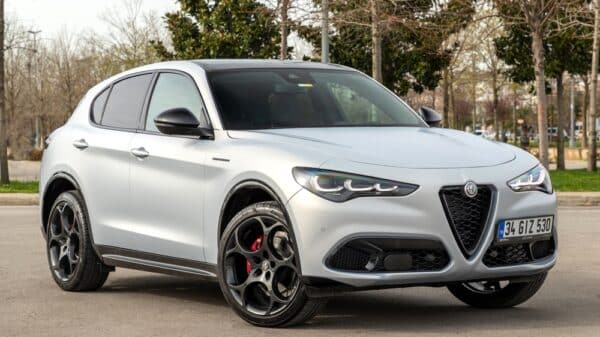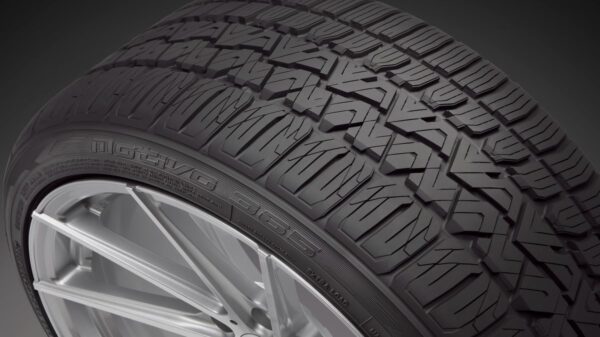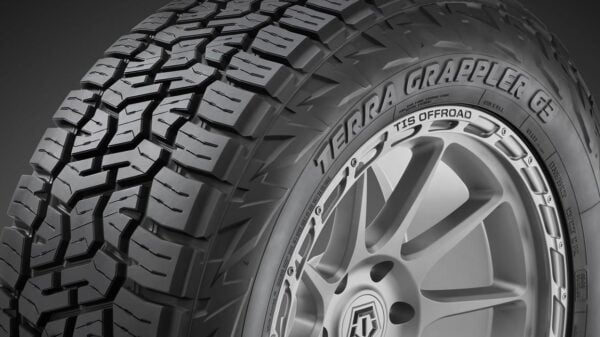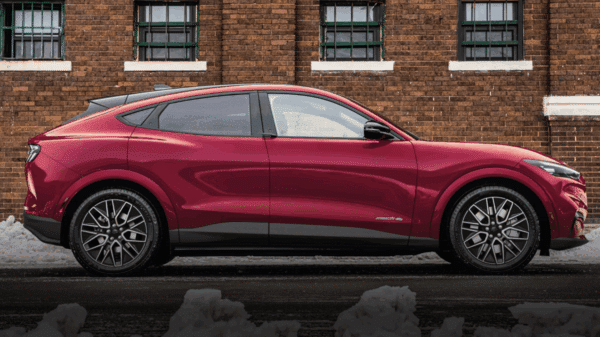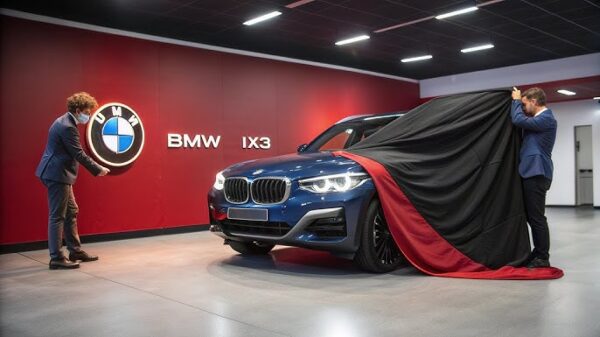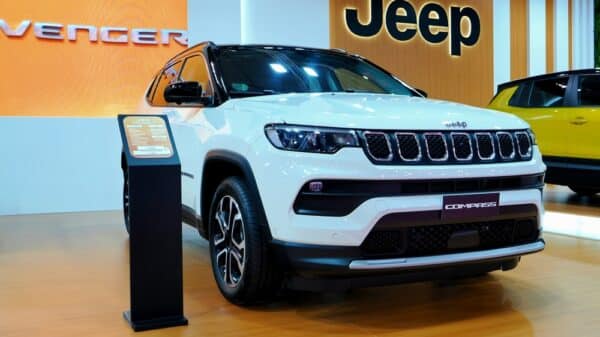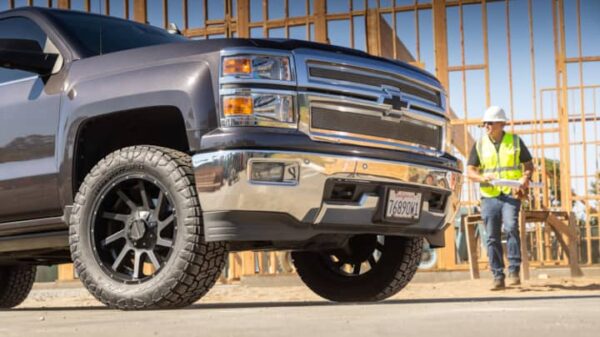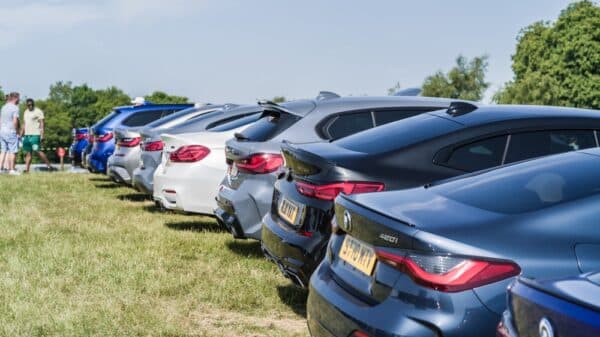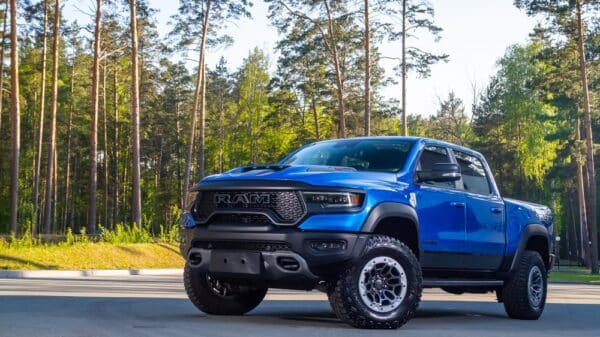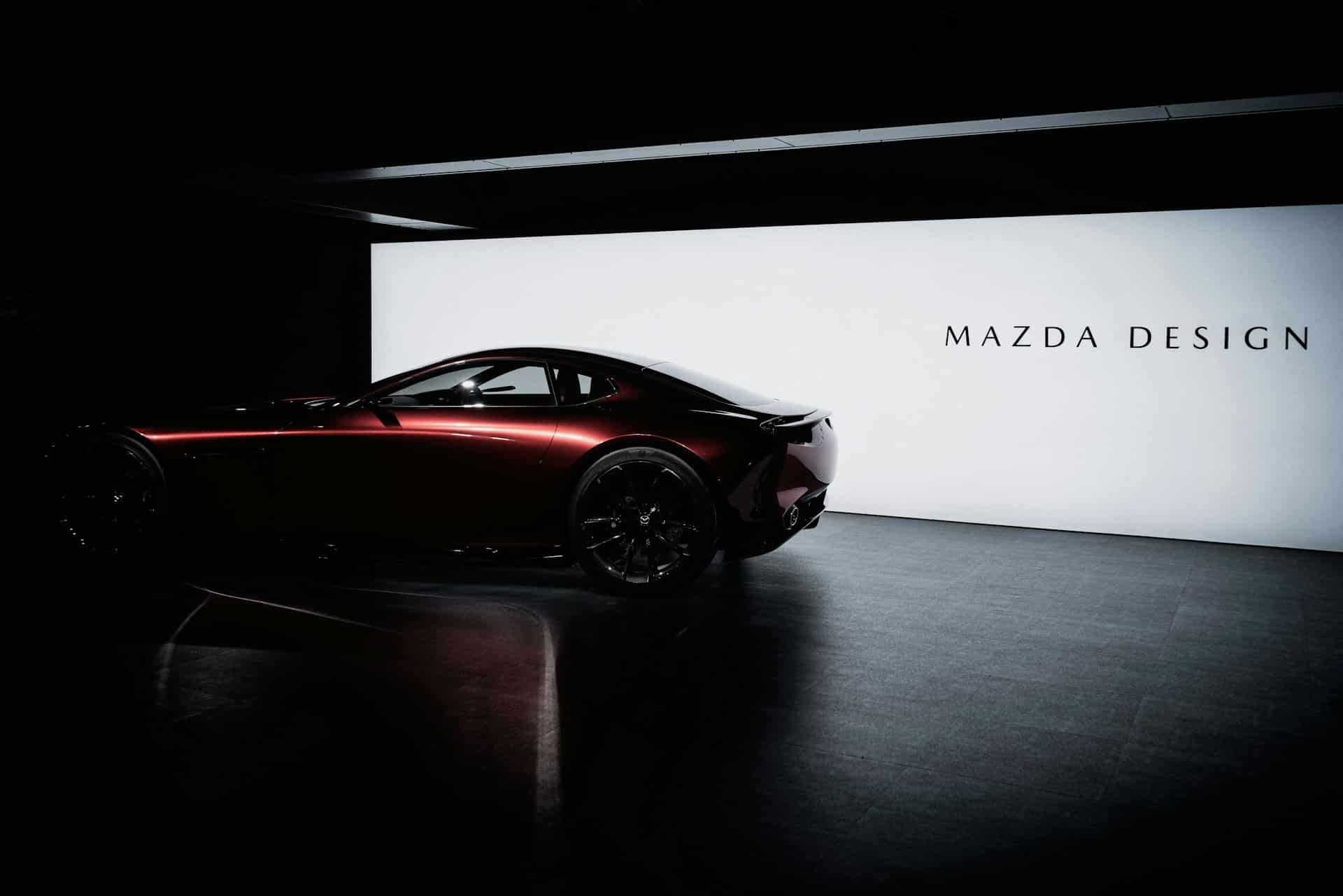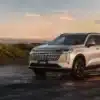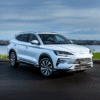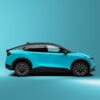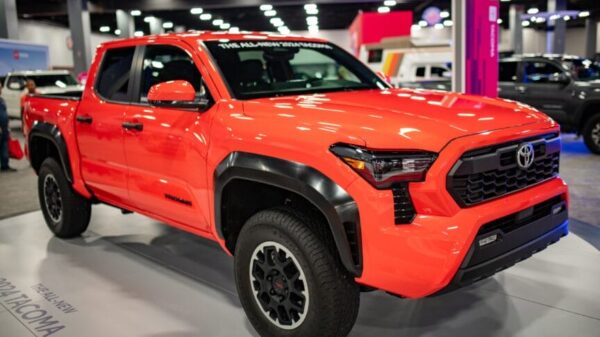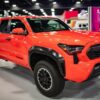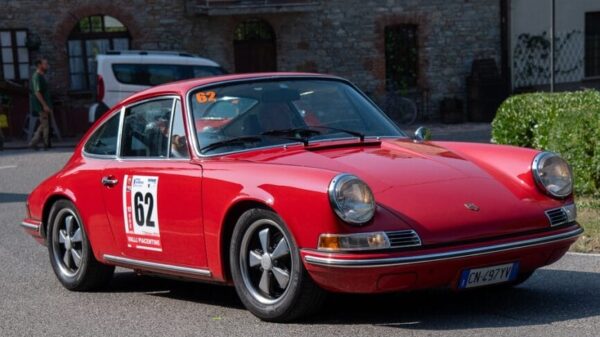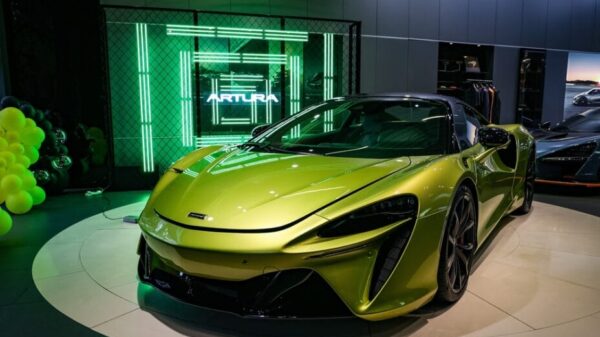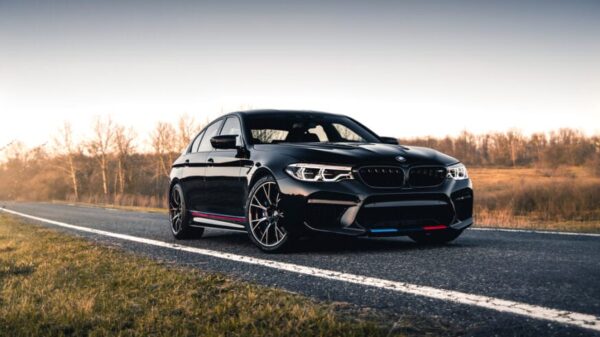When I mused about how challenging it is to create a plug-in hybrid, Mazda was particularly on my mind. The brand has faced hurdles in its electrification journey, not just because it’s a smaller player with limited resources but also due to its deep-rooted identity around producing lightweight, affordable vehicles.
As Mazda confronts the same tightening emission standards and shifting consumer preferences as its competitors, it’s turning to the familiar path of hybrid vehicles. The CX-90 and CX-70 plug-in hybrids (PHEVs) are the latest attempts, but as you might guess, it hasn’t been straightforward.
Mazda’s debut in the U.S. PHEV market was anything but smooth. The initial rollout of the CX-90 in 2024 faced significant criticism. Journalists raised alarms about its transmission issues, while everyday drivers encountered frustrating headaches. Notably, it even landed a spot on Consumer Reports’ list of the “Least Reliable SUVs of 2025.” That’s quite a label for any vehicle, let alone from a brand known for driving enjoyment.
Creating an intuitive hybrid is indeed a tricky puzzle. Designing an effective electric vehicle is challenging enough, but with hybrids, you’re tasked with seamlessly integrating two distinct power sources—electric and combustion. When things go awry, as they noticeably did with Mazda’s initial offering, the driving experience can feel awkward, or at worst, downright unreliable.
In response to these criticisms, Mazda has rolled up its sleeves and gone to work. They’ve re-tuned their PHEVs to provide improvements in driving dynamics, ultimately aiming for a better experience that encourages long-term ownership. I had the chance to test both models, eager to see if Mazda had ironed out the wrinkles.
(Mazda graciously loaned me a CX-70 and a CX-90 for this review, both arriving with tanks filled.)
My impressions were mixed. While it was clear Mazda has made strides with its hybrid technology, I still couldn’t recommend either the CX-90 or CX-70 wholeheartedly.
Let’s dive into the specs. The base price for the 2025 Mazda CX-90 PHEV starts at $51,400, while the as-tested version I drove came in at $59,405. Under the hood, you’ll find a 2.5-liter inline-four engine paired with a 68 kW electric motor. The lithium-ion battery is rated at 17.8 kWh, with an efficiency of 56 MPGe and an electric-only range of 26 miles. It takes about an hour and a half to recharge the battery from 20 to 80% on a Level 2 charger. The vehicle offers all-wheel drive with 323 horsepower and 369 lb-ft of torque, and it can tow up to 3,500 lbs, all while tipping the scales at a notable 5,243 lbs.
Now, about that driving experience. You might find it a tad confusing that I’m discussing the CX-90 and CX-70 as if they’re one and the same. In many ways, they are. Faced with budget constraints that prevent the development of a full array of SUVs, Mazda made the unusual choice to create the CX-70 by dropping the third row of the CX-90, essentially offering customers something extra at a higher base price—$51,400 for the CX-90 versus $55,855 for the more fully equipped CX-70.
For simplicity’s sake, let’s focus on the CX-90. They share the same driving characteristics, and if you’re in the market for a three-row SUV, you might as well opt for the one that offers more space.
But let’s be real; driving a beast like the CX-90 can feel pretty overwhelming. Mazda has built a reputation over the years for crafting cars that are fun to drive, yet they can’t defy the laws of physics. This particular PHEV, weighing in at over 5,200 pounds, reminds you of its heft with every turn on a twisty mountain road. Although it handles securely, it’s hardly a joy to maneuver, especially with Mazda’s attempt at a sporty feel via heavy steering that lacks genuine feedback.
The weight of the vehicle throws a wrench into the blend of electric and gasoline power, complicating smooth driving. I attribute a lot of this to the transmission. The eight-speed automatic has stirred up plenty of complaints and technical service bulletins over the past months. While it’s improved from earlier versions, it still lacks a certain fluidity that should come with the territory. I also reached out to Mazda about the transmission concerns but didn’t receive a response.
Beyond the transmission, the engine can sound harsh, especially when pushed hard. It tends to rev higher than you’d expect, given the load it’s carrying.
Even the driver assistance features intended to enhance your experience can create some frustrations, particularly on back roads. Despite my attempts to disengage certain land-departure systems, I still felt the car nudging me around winding paths, which can be distracting.
On highways, the CX-90 performed better, though it still felt stiffer than many other three-row SUVs. It lacked that cushioned ride you’d hope for, especially given the expectations for a vehicle of this size and weight. For such a run-of-the-mill SUV experience on backroads, I would have preferred a more comfortable ride.
Now, on to range and efficiency. The CX-90 touts a range of 26 miles on its 17.8 kilowatt-hour battery according to EPA ratings. In my experience, that figure held up, although I quickly depleted those miles when hitting the fast lane on the freeway.
Getting more detailed insights about efficiency while driving can be tricky since the vehicle provides limited feedback on how it’s performing—only showing you miles per gallon and miles per kilowatt hour without much nuanced tracking.
In summary, while Mazda is making commendable efforts to adapt and improve its hybrid offerings, the reality is that both the CX-90 and CX-70 have their work cut out for them. It’s clear that Mazda is committed to refining the hybrid experience, but for potential buyers, it might be worth waiting a bit longer to see how they evolve. You want that perfect blend of performance and reliability, and, unfortunately, both models still leave something to be desired.The Mazda CX-90 PHEV offers an interesting take on the large family SUV concept, especially with its combination of electric and gas power. It boasts an EPA rating of 56 miles per gallon equivalent (MPGe), which isn’t bad, although it trails competitors like the Volvo XC90 plug-in hybrid. If your daily commute is under 20 miles and you can conveniently charge at home, you might find yourself going electric most of the time. But for those with longer commutes or who frequently hit the road, it’s wise to explore more refined electric options.
Moving inside, it’s clear that Mazda aimed for a sophisticated look and feel in the CX-90’s interior. And you can feel that instantly—the materials are premium, and the design is aesthetically pleasing. However, usability seems to have slipped under the radar. While most family SUVs prioritize practicality, this one misses the mark. The dashboard and center console, for example, impress at first glance, but the function falls short. With limited space to stash everyday items like keys and wallets, you might find yourself trying to keep your essentials in control as you drive, which can be distracting.
Additionally, the cabin struggles to turn that elegant space into functionality. If you opt for the three-row version, you’ll notice that the load floor isn’t flat. While the seats fold down, the slope prevents easy access, creating challenges for carrying bulky items. And while you can fit a decent amount of cargo in general, with just 14.9 cubic feet behind the third row and 40.0 cubic feet with the second row down, it falls squarely in the middle of the pack—meaning you may want to pack strategically if you’re heading out with the whole family.
Now, let’s touch on the tech side. While the CX-90 supports both Apple CarPlay and Android Auto, that’s about where the praise ends. It’s striking to note how long it takes for certain technology elements to evolve, and unfortunately, Mazda hasn’t kept pace. The infotainment system still feels outdated, employing a cumbersome rotary clickwheel despite the potential for a more user-friendly interface. The navigation, for instance, seems to be stuck in the past. Entering information is clunky and frustrating, especially when you’re looking for destinations that should be easy to find.
The rearview camera setup also leaves much to be desired, with a distorted view that can make it hard to gauge distances accurately. Wouldn’t it be nice to have tech that works seamlessly while you’re on the go? It really shouldn’t be this irritating.
In terms of safety, the CX-90 does offer standard features like adaptive cruise control, blind spot monitoring, and forward collision braking. It scores well in safety ratings, which is crucial for family vehicles. But, if the tech doesn’t inspire confidence, those safety scores might not reassure buyers as much as they should.
Now, let’s talk numbers. The pricing for the CX-90 PHEV starts at $51,400—quite a jump from the standard six-cylinder model at $39,500. But the standard features like leather seats and a moonroof elevate its appeal. Although options are limited, stepping up to higher trims introduces more luxury touches.
So, should you consider the CX-90 in general? Honestly, it’s tough to recommend. While it certainly looks good on the surface, when you delve deeper, it falls short in many crucial areas—especially as a family hauler. The cramped third row, dismal cabin layout, and lack of clever storage options make it hard to justify as a family vehicle built for real life. Plus, the infotainment feels outdated and frustratingly behind the curve, which is a letdown for a flagship model.
In the end, if you’re on the hunt for a hybrid, there are better alternatives out there. Considering all factors—including comfort, usability, and technology—the Kia EV9 or the Toyota Highlander offer stronger value propositions. As Mazda navigates this hybrid landscape, one can only hope their next generation of offerings will hit the mark.
Image Source: Unsplash


